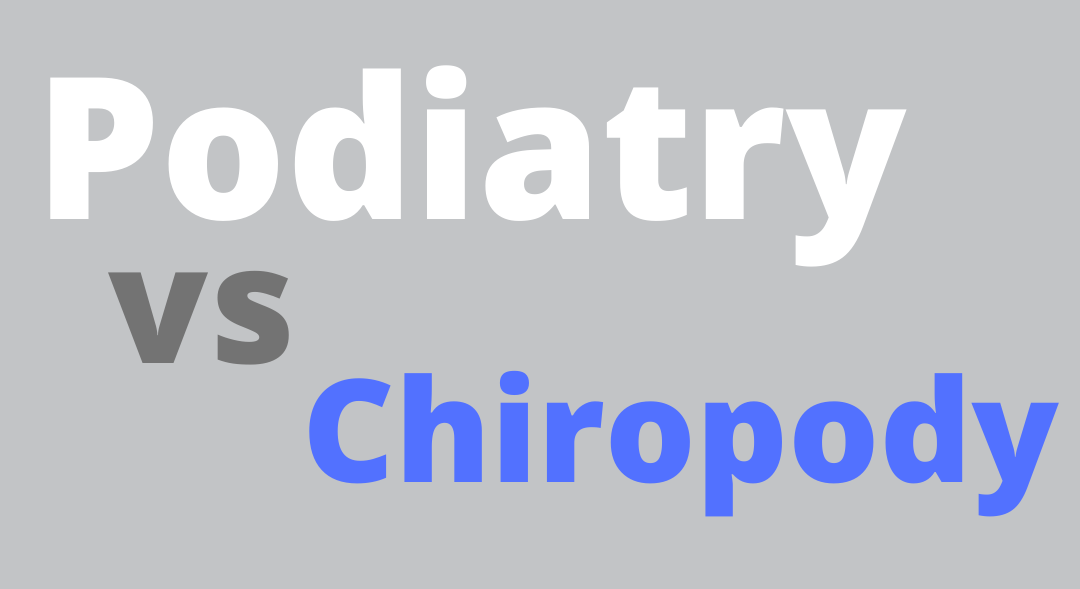Unhealthy, painful feet can stop us in our tracks, both physically and mentally. So, surely such an important area of health deserves protected titles and a clear distinction between practitioner roles. However, this is not necessarily the case.
Whereas the likes of dentists receive protected title status, there’s no such thing in the world of foot health, meaning anyone can treat your feet. Although there is sufficient legal protection when it comes to podiatrists and chiropodists, there remains some ambiguity around the titles.
Though there isn’t a great deal of difference legally or functionally, chiropody has traditionally been seen as ‘footcare’, whereas podiatry is a ‘foot specialism’. Since the qualification requirements changed internationally in 1993, podiatry became the recognised title, putting chiropody as a term on the back foot.
Qualifications
To qualify as a podiatrist, you now had to complete a university-based degree – the highest level of graduate training for foot specialists in the UK – requiring specific academic entry criteria, assessment against national benchmarks and many hours of clinical experience.
With 3-4 years of study, the course takes around three times longer than any other Foot Health Practitioner course to complete. The scope of practice is also far wider too. Not only do you have to master the core foot treatments, you need to demonstrate an understanding of pharmacology, anatomy, physiology and the administration of local anaesthetic.
Qualified podiatrists are allowed to treat feet and related structures without any supervision after graduation, assuming they are registered with the Healthcare Professionals Council (HCPC) – the governing body designed to make sure podiatrists practice within the appropriate scope, while keeping up to date with the latest research-led treatments. Though the HCPC does not have the means to close down poor podiatry practices, it does encourage high standards and scrutiny through audits and whistleblowing.
Anyone who qualified before 2003 could convert to the new qualification through further study. However, even without the qualification, any foot practitioner could apply for HCPC registration, which means there are some podiatrists (or chiropodists) without the qualification. And to muddy the waters further, you can also be a podiatrist without being HCPC-registered, assuming you have an appropriate qualification and are transparent about your non-registered status.
HCPC registered
Before you entrust your feet to anyone, look out for the HCPC registered logo on the practitioner’s website or clinic, and don’t be afraid to ask them about their qualifications. Your precious feet deserve a safe pair of hands after all!
To book an appointment with one of our HCPC-registered podiatrists, contact us today.



